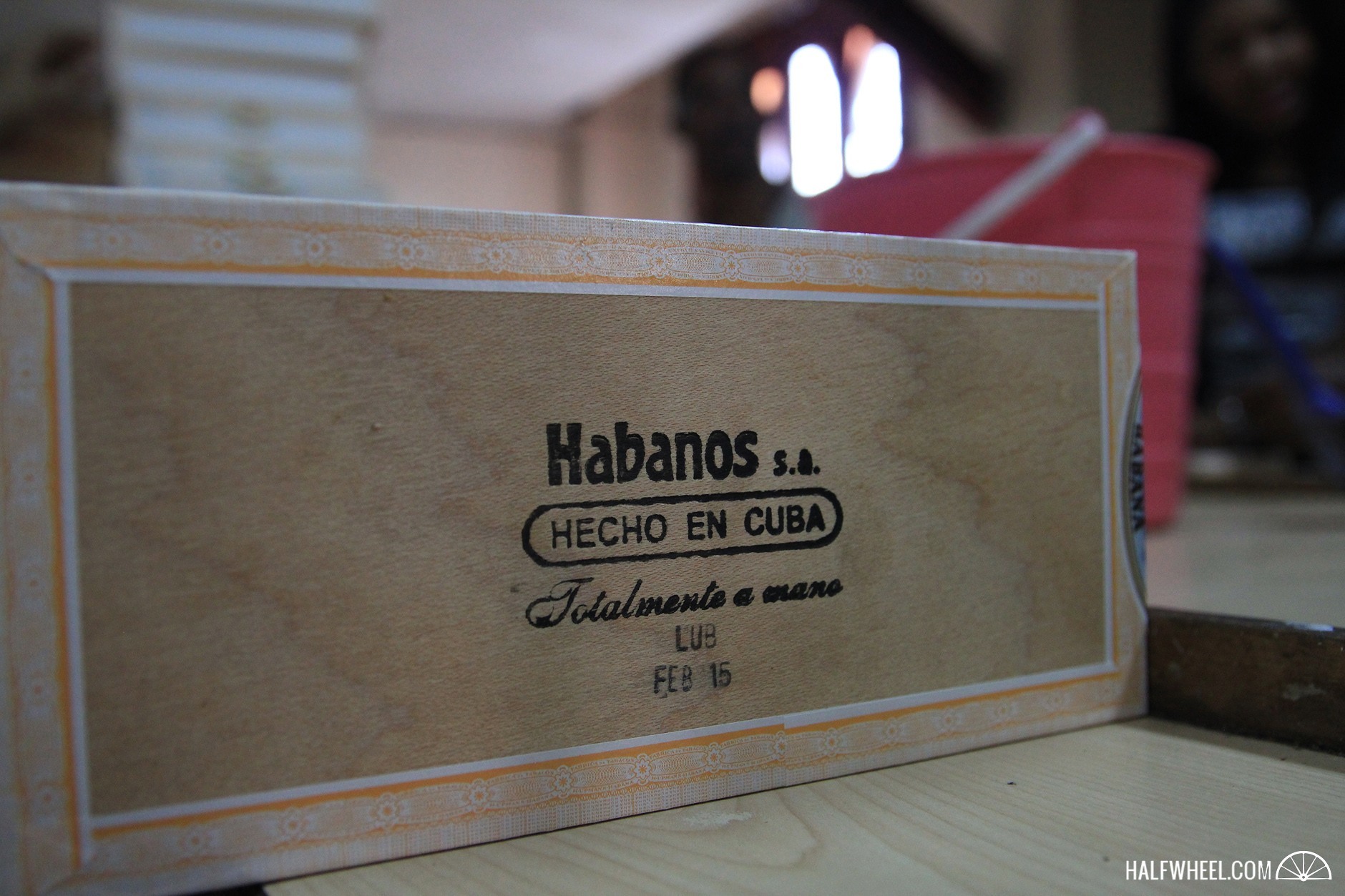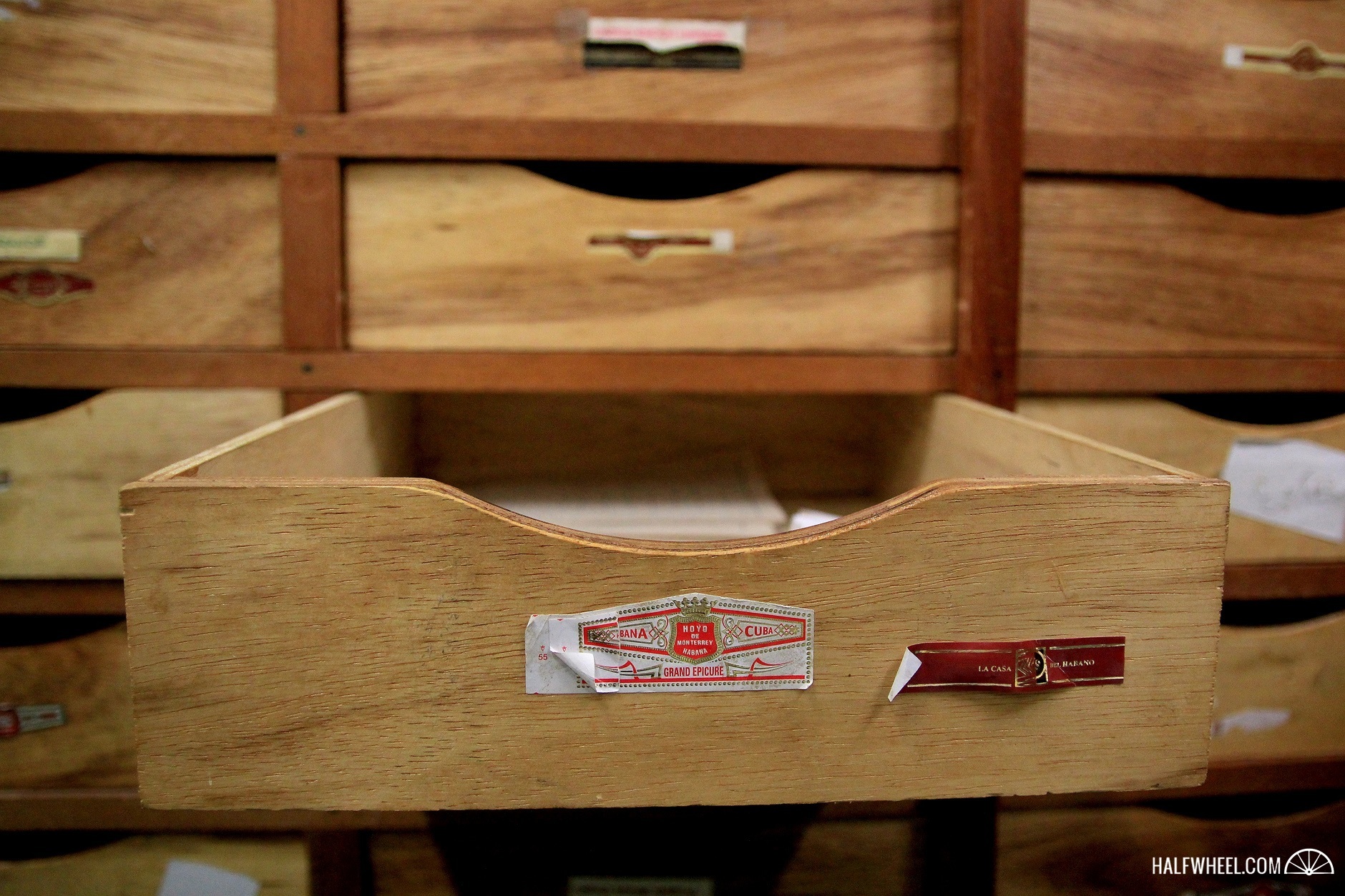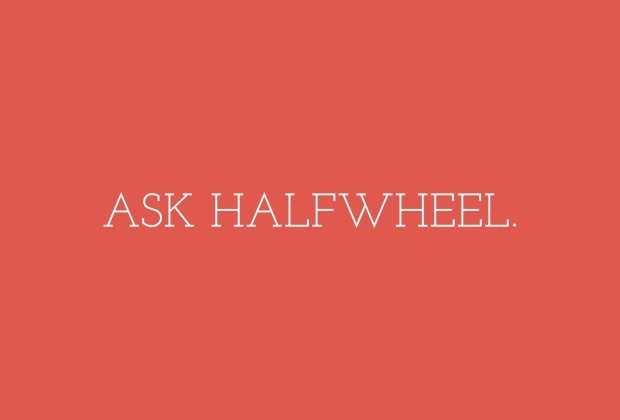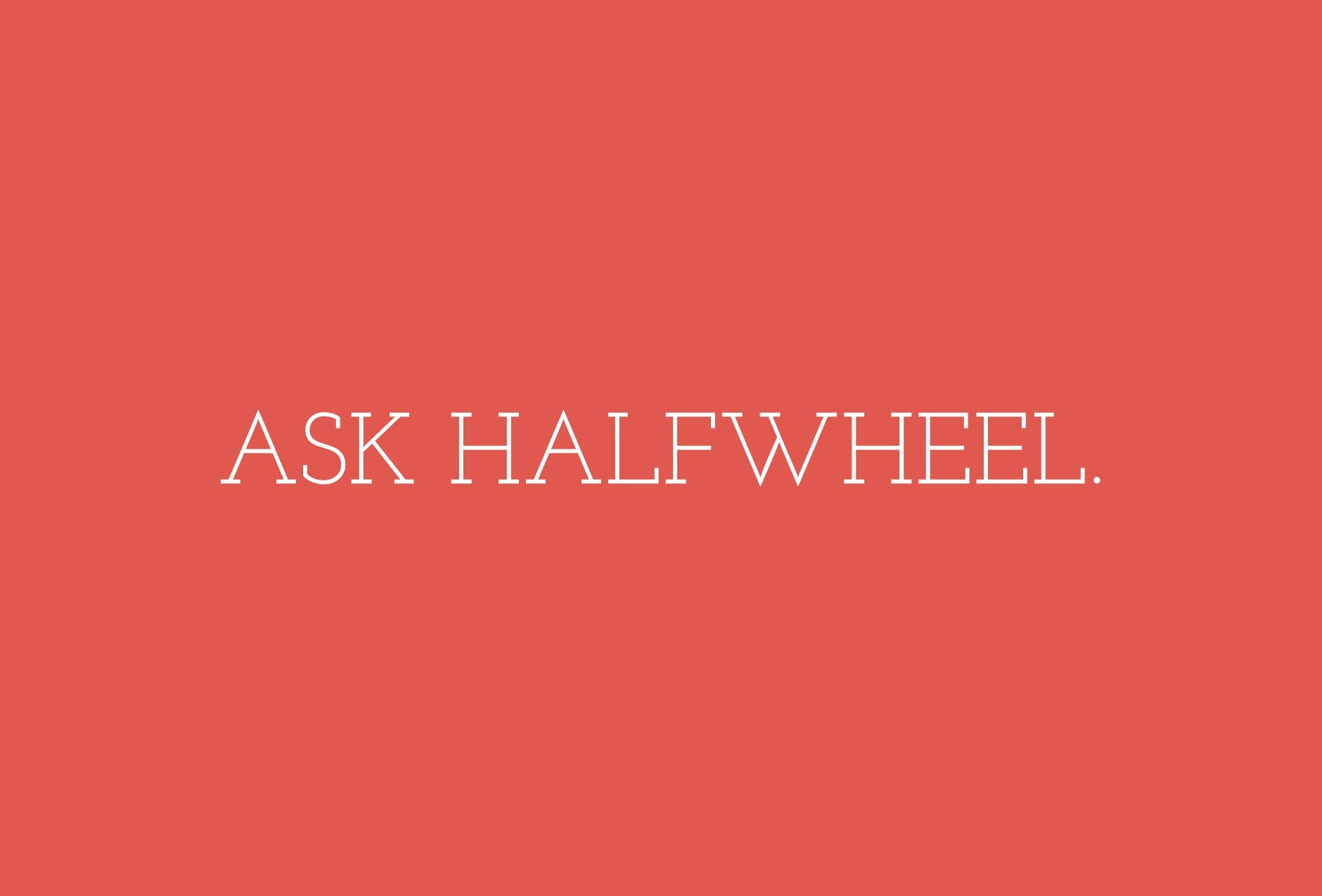Each Friday, starting today, we will tackle one question asked to us by readers in our new, very creatively named segment: Ask halfwheel.
Up first is a question from Phil regarding why we don’t have a guide to the (potential) of the Cuban embargo and how it affects cigars.
Here’s the email in full:
Guys — I’m a huge fan of the site and an avid cigar smoker. I’m curious as to whether you’ve given any thought to including a section (maybe you already have and I’ve missed it) about the soon-to-be-legal importation of Cuban cigars. I’m a regulatory lawyer (though sadly not in the cigar industry), and I thought it would be an interesting addition to the site, and one that I think is on the minds of many. If there was any interest, I’d love to chat further. I wouldn’t be looking for compensation; I’d just love to get involved to the extent there was any interest.
Best wishes,
Phil Giglio
It’s a good question, particularly given the guide to the impending FDA regulations was one of my favorite things we’ve ever produced at halfwheel.
The answer to Phil’s question basically comes down to speculation.

At the moment, the embargo is still in effect with some exemptions. For cigars, American returning from Cuba back to the U.S. can legally bring in up to $100 total of alcohol and/or tobacco products from Cuba. Visitors returning from any other country are still prohibited from bringing back any Cuban cigars, tobacco or alcohol.
While there’s much changing in regards to the overall relationship between Cuba and the U.S., as far as it relates to cigars, it seems likely that only a full lift of the embargo would make it legal to import and sell Cuban cigars in the U.S.—and that is going to require more time given the current congress.
There are dozens of questions that immediately come to mind in regards to the lifting of the embargo, but trying to answer them now, when the immediate future seems to indicate the embargo is not coming to an end, would likely cause more bad than good. We don’t want to raise alarm bells when they aren’t called for and we certainly don’t want to provide speculation when it’s inappropriate.

To illustrate just how challenging it might be to provide accurate information about an event that could happen anytime between now and the next century, I’ll use one question/topic as an example: does Cuba have enough tobacco to the U.S. market when the embargo ends?
If the embargo ends today, that answer seems to be most certainly not, particularly given the recent bad harvests.
But five years from now could be five really good harvest. It could be five years of shrinking consumption in Asia and Europe due to moderate gains by non-Cuban brands and other trends. It could be after five (or more) years of Habanos S.A. holding back 10 percent of annual production and therefore having a stockpile built up for the U.S. market.
Or it could be five years of bad harvest unable to meet demand for existing legal markets. It could be five more years of unstable leadership at Habanos S.A. Five years where Habanos fell further and further behind on shipping new products on time due to production issues.

And so in the end, while we most certainly could lay out potential scenarios, I’m not sure how much value there is in us trying to provide guidance for an event when I have no clue when it really kicks off.
While we’ve done some analysis in the past, it’s been very limited and usually tied to specific events or numbers. In the case of could Habanos actually meet U.S. demand, it was largely about using Habanos’ own numbers to prove that what they were touting was laughable.
I think articles like that work. They are grounded in statistics and statements. I think that something like the FDA guide works because it was largely produced using FDA’s own research. But us trying to produce some sort of education guide for what the world looks like when the embargo ends is an impossible task until we know when, let alone if, it will actually happen.
If you’d like to have your question featured on Ask halfwheel, click here and submit your question.


